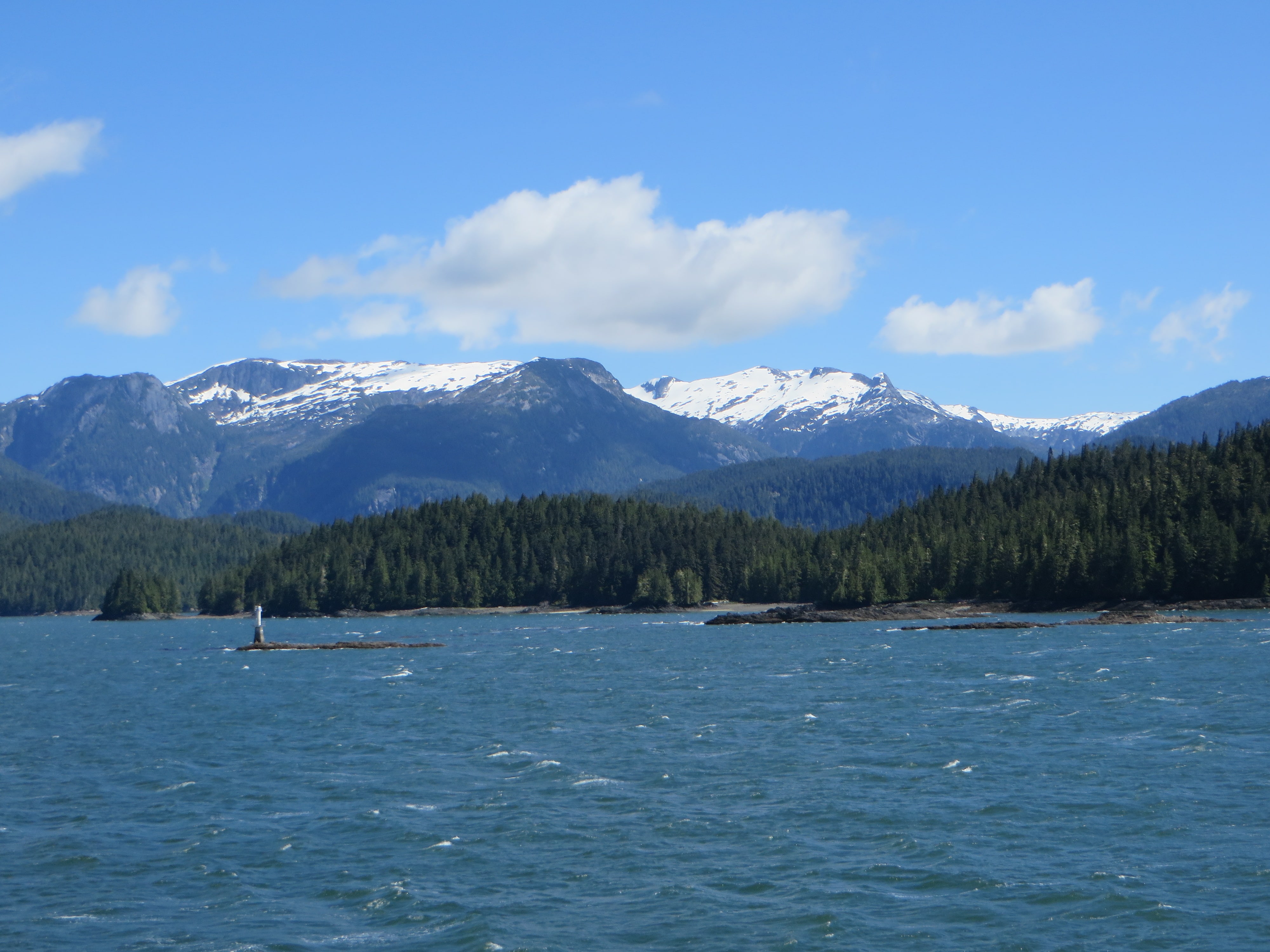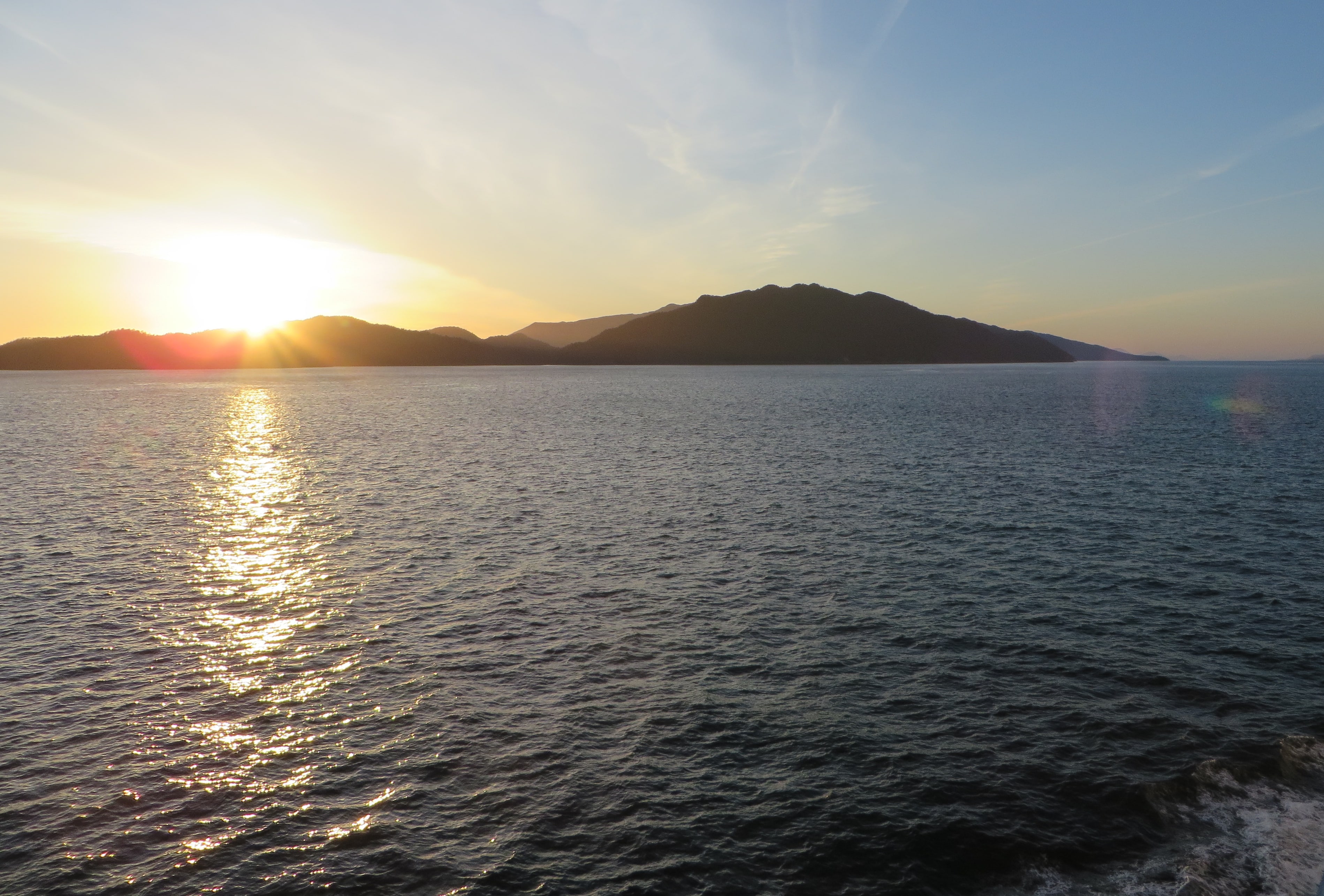In the Hecate Strait windstorms are frequent, salmon are plentiful, and white stands of silica, called Glass Sponge, cover the ocean floor.
It is a wide, shallow, and stunningly scenic stretch of water that sits between the BC mainland and the islands of Haida Gwaii, and portions of it may soon be protected after a new federal government pledge.
Prime Minister Trudeau recently confirmed he will set aside 5 percent of Canada’s ocean waters for protection by 2017, and as much as 10 percent by 2020.
The resulting area would be the size of Saskatchewan.
“We will improve the air we breathe, the water we drink, and the parks and beaches where our children play, said Mr. Trudeau. “From coast to coast to coast, that means investing in the protection of our oceans.”
The United Nations Convention on Biodiversity has set a target to protect 10% of the world’s oceans by 2020. A growing body of evidence indicates oceans are threatened by climate change, acidification, and the depletion of many marine species.
Canada’s current ocean protection is minimal. Despite having an incredibly vast coastline, bordering three different oceans, only 1.3 percent of its waters are protected.
“Previous governments talked about creating marine protected areas (MPA’s), yet they wouldn’t do anything — and as a result, Canada was way behind international targets,” said Daniel Pauly, Principal Investigator at the Sea Around Us.
Furthermore, only 0.11 percent is considered “no take,” which means the waters are off-limits to industries like commercial fishing and oil and gas drilling.
Dr. Pauly, who is also on the advisory panel for the Global Ocean Legacy, an organization dedicated to preserving large swaths of the ocean, believes the more oceans are declared “no take,” the better.
“MPA’s that are not “no take,” are not completely protected,” he said.
Dr. Pauly and researcher Lisa Boonzaier published a study earlier this year that found, despite the 10 percent target, only 4 percent of the global ocean is currently protected.
Hunter Tootoo, the federal Fisheries Minister, met with the Canadian Parks and Wilderness Society to identify portions of Canada’s oceans in need of protection, and the Hecate Straight is already on the list.
The government announcement comes on the heels of other large profile efforts to protect marine areas. On Tuesday, December 15, the island nation of Palau enacted landmark legislation closing off 80 percent of its ocean waters, an area larger than the state of California.
And earlier this year, the UK also announced it would create the world’s largest continuous marine reserve in waters around the Pitcairn Islands in the South Pacific.



